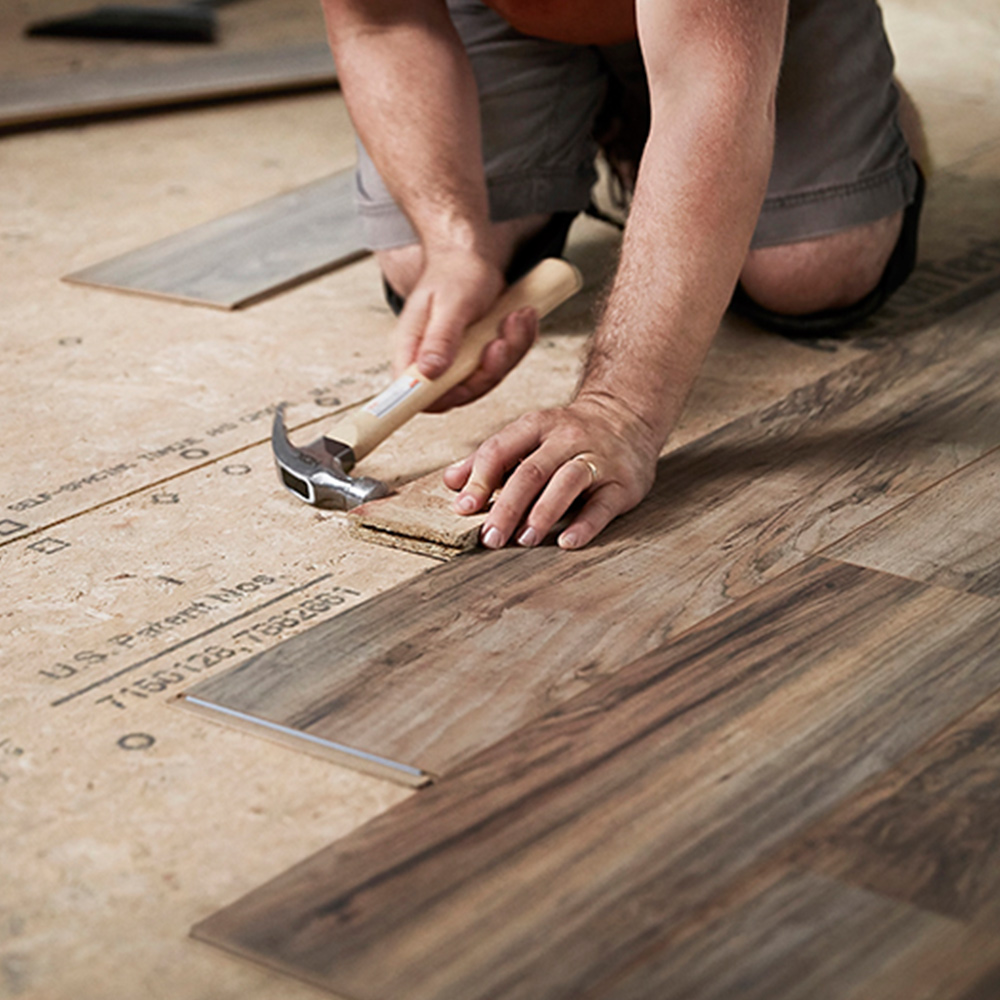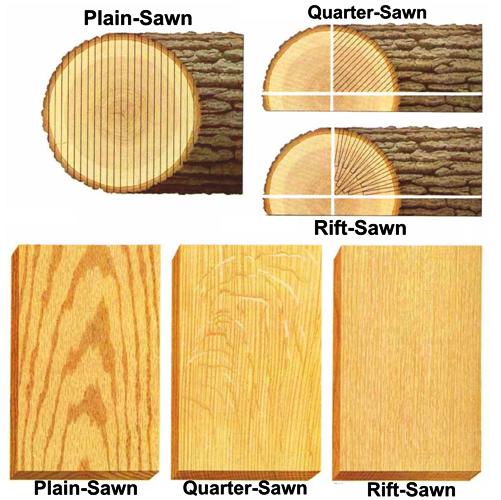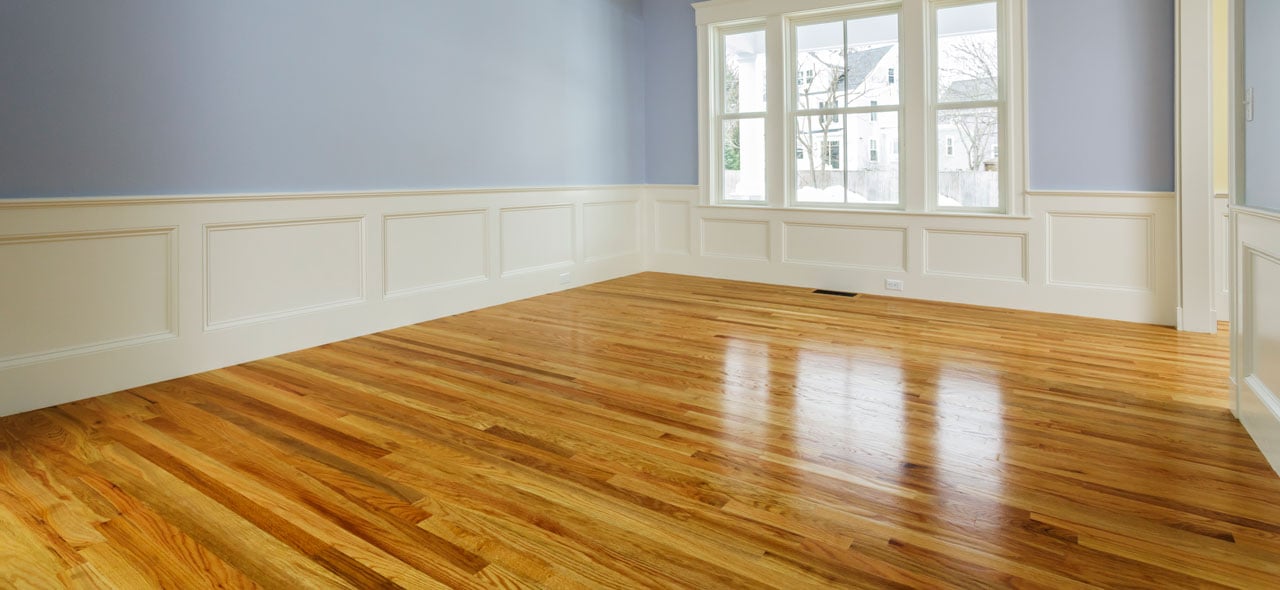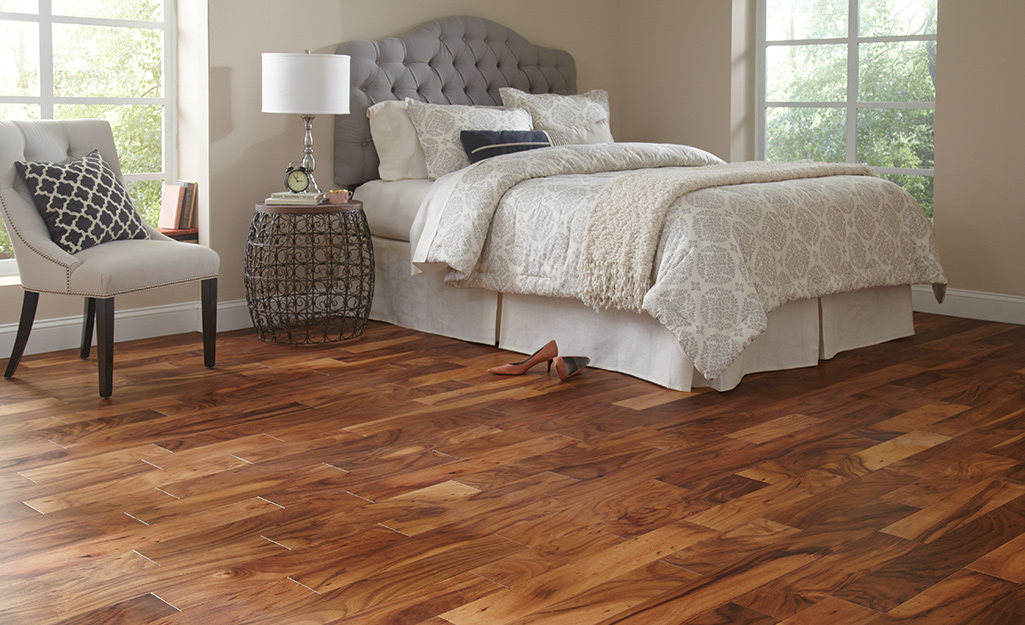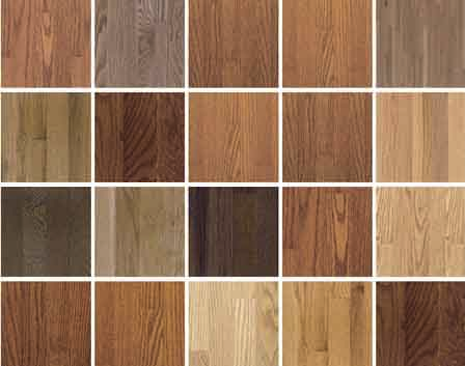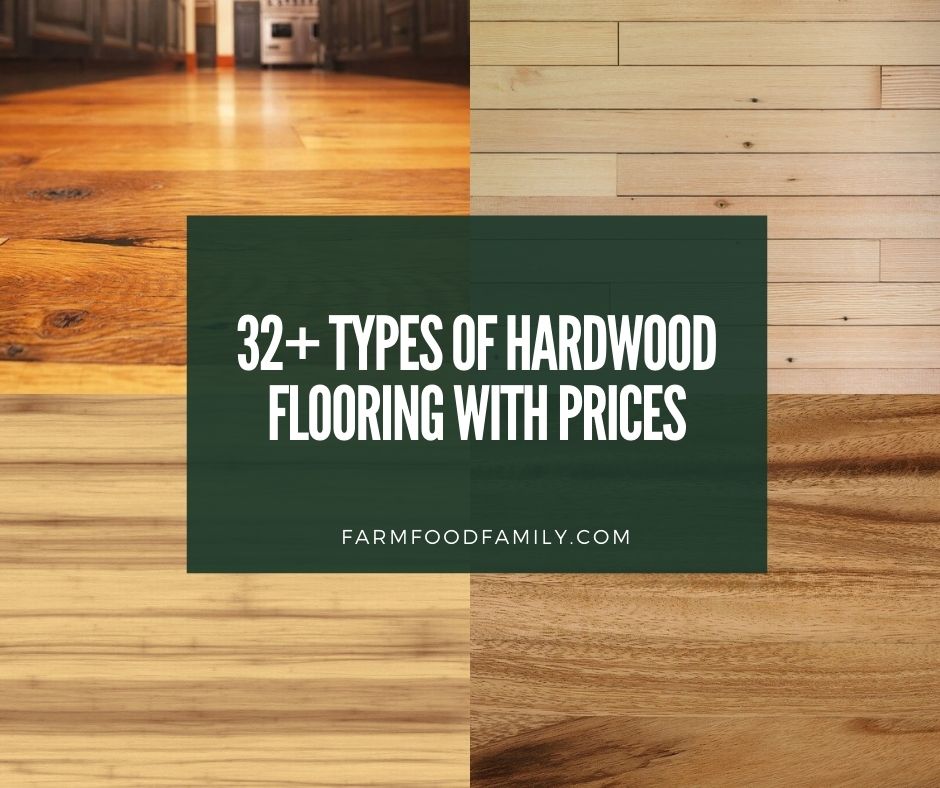Hardwood vs. Engineered Wood: Understanding the Key Differences
When it comes to wood flooring, two popular options are hardwood and engineered wood. While they may look similar at first glance, there are significant differences between the two. Understanding these differences can help you make an informed decision when choosing the right type of wood flooring for your home.
- Composition: Hardwood flooring is made from solid wood planks, typically cut from a single piece of timber. On the other hand, engineered wood flooring consists of multiple layers. The top layer is real wood, while the core layers are made of plywood or high-density fiberboard (HDF). This composition makes engineered wood more stable and less prone to expansion and contraction due to changes in moisture and temperature.
- Installation: Hardwood flooring is usually nailed or stapled down to a subfloor, which requires professional installation. Engineered wood, on the other hand, offers more installation options. It can be glued down, floated over an underlayment, or even installed as a “click-lock” system, which allows for easy DIY installation.
- Durability: Hardwood flooring is known for its durability and longevity. With proper care and maintenance, it can last for generations. Engineered wood, although not as durable as solid hardwood, still offers good resistance to wear and tear. The top layer can be sanded and refinished a limited number of times, depending on its thickness.
- Cost: Hardwood flooring is typically more expensive than engineered wood. The cost of hardwood varies depending on the species and quality of the wood. Engineered wood, on the other hand, offers a more budget-friendly option without compromising on the look of real wood.
- Versatility: Hardwood flooring comes in a wide range of species, each with its unique color and grain patterns. This allows for endless design possibilities and the ability to create a truly custom look. Engineered wood also offers a variety of species and finishes, making it a versatile choice for any design style.

Laminate vs. Vinyl: Which Wood-Look Flooring Option is Right for You?
When it comes to wood-look flooring options, laminate and vinyl are popular choices. They both offer the appearance of wood at a fraction of the cost. However, there are key differences between the two that can impact your decision. Let’s explore the features and benefits of laminate and vinyl flooring to help you determine which option is right for you.
Composition: Laminate flooring is composed of multiple layers, including a high-density fiberboard (HDF) core, a photographic layer that mimics the look of wood, and a protective wear layer. Vinyl flooring, on the other hand, is made of synthetic materials such as PVC (polyvinyl chloride). It features a printed layer that replicates the appearance of wood and a durable wear layer on top.
Water Resistance: Laminate flooring is moderately water-resistant, but excessive moisture can cause damage to the HDF core. Vinyl flooring, on the other hand, is highly water-resistant, making it suitable for areas prone to spills, moisture, and humidity, such as bathrooms and kitchens.
Durability: Laminate flooring is known for its durability and scratch-resistant properties. The wear layer protects the surface from everyday wear and tear. Vinyl flooring is also highly durable and can withstand heavy foot traffic. It is more resistant to dents and scratches compared to laminate.
Installation: Laminate flooring is typically installed as a floating floor, which means it is not glued or nailed down. The planks interlock with each other, making it a popular choice for DIY enthusiasts. Vinyl flooring can be installed in various ways, including glue-down, loose-lay, or click-lock systems, providing flexibility based on your skill level and preference.
Appearance: Both laminate and vinyl flooring offer a wide range of wood-look options, allowing you to achieve the desired aesthetic for your space. Laminate flooring often features a textured surface that mimics the feel of real wood. Vinyl flooring, on the other hand, can replicate the look of wood with high-definition printing technology.
Solid Wood Flooring: The Classic Choice for Timeless Elegance
Solid wood flooring has been a popular choice for centuries, known for its timeless elegance and natural beauty. With its unique characteristics and durability, solid wood flooring continues to be a classic option for homeowners. Let’s explore the features and benefits of solid wood flooring that make it a top choice for many.
Authenticity and Natural Beauty: Solid wood flooring is made from a single piece of hardwood, showcasing the unique grain patterns, knots, and variations that are inherent in each species. This authenticity and natural beauty cannot be replicated by any other flooring material, adding a touch of elegance and sophistication to any space.
Durability and Longevity: Solid wood flooring is incredibly durable and has the potential to last for generations. With proper care and maintenance, it can withstand heavy foot traffic, resist wear and tear, and age beautifully over time. Additionally, solid wood flooring can be sanded and refinished multiple times, allowing you to restore its original beauty and extend its lifespan.
Versatility in Design: Solid wood flooring offers endless design possibilities. It comes in a variety of species, each with its unique color, grain pattern, and characteristics. Whether you prefer a traditional, rustic, or contemporary look, solid wood flooring can complement any design style, making it a versatile choice for homeowners.
Enhanced Indoor Air Quality: Unlike carpet or other flooring materials, solid wood flooring does not trap dust, allergens, or odors. It provides a cleaner and healthier indoor environment, making it an excellent choice for individuals with allergies or respiratory sensitivities.
Value and Investment: Solid wood flooring adds significant value to a home. Its timeless appeal and durability make it a sought-after feature for potential buyers. Investing in solid wood flooring not only enhances the aesthetic appeal of your home but also increases its market value.
Engineered Wood Flooring: The Modern Solution for Durability and Versatility
Engineered wood flooring has gained popularity in recent years as a modern alternative to traditional solid wood flooring. With its innovative construction and numerous advantages, engineered wood flooring offers durability, versatility, and a real wood look. Let’s explore the features and benefits of engineered wood flooring that make it a top choice for many homeowners.
Stability and Durability: Engineered wood flooring is designed to be more stable than solid wood. Its multi-layer construction, consisting of a real wood top layer and layers of plywood or HDF, provides stability and reduces the risk of expansion and contraction due to changes in humidity and temperature. This increased stability makes engineered wood flooring suitable for areas with fluctuating moisture levels, such as basements or rooms with underfloor heating.
Wide Range of Styles and Finishes: Engineered wood flooring offers a wide variety of styles, species, and finishes. From traditional oak to exotic hardwoods, there is an engineered wood option to suit every design preference. The top layer of real wood can be stained, textured, or finished in various ways to achieve the desired look, whether it’s a rustic, contemporary, or traditional aesthetic.
Easy Installation: Engineered wood flooring is designed for easy installation. It can be installed using different methods, including glue-down, floating, or click-lock systems. Floating installation, where the planks are not attached to the subfloor, is particularly popular as it allows for quick and hassle-free installation, making it a great option for DIY enthusiasts.
Compatibility with Radiant Heating Systems: Engineered wood flooring is well-suited for homes with radiant heating systems. Its construction allows for better heat transfer compared to solid wood, making it more compatible with underfloor heating. This feature ensures a comfortable and efficient heating system without compromising the durability or appearance of the flooring.
Eco-Friendly Option: Engineered wood flooring is often considered a more sustainable and eco-friendly choice compared to solid wood. By utilizing less hardwood in its construction, engineered wood maximizes the use of available resources. Additionally, the plywood or HDF core is often made from recycled or reclaimed materials, reducing the environmental impact.
Laminate and Vinyl Flooring: Affordable Alternatives to Traditional Wood
Laminate and vinyl flooring offer affordable alternatives to traditional wood flooring, providing the look of wood at a fraction of the cost. These synthetic flooring options have come a long way in terms of design and durability. Let’s explore the features and benefits of laminate and vinyl flooring that make them popular choices for budget-conscious homeowners.
Affordability: Laminate and vinyl flooring are known for their affordability, making them attractive options for homeowners on a budget. Both options are significantly cheaper than solid wood or engineered wood flooring, allowing you to achieve the look of wood without breaking the bank. This affordability makes laminate and vinyl flooring ideal for large spaces or for those looking to renovate on a tight budget.
Durability: Laminate and vinyl flooring are highly durable and resistant to wear and tear. Laminate flooring consists of a tough wear layer that protects against scratches, stains, and fading. Vinyl flooring is known for its resilience and ability to withstand heavy foot traffic, making it a popular choice for high-traffic areas such as hallways and entryways. Both options are also resistant to moisture, making them suitable for kitchens, bathrooms, and basements.
Easy Maintenance: Laminate and vinyl flooring are designed to be low-maintenance options. They are easy to clean and require minimal upkeep. Regular sweeping or vacuuming, along with occasional damp mopping, is usually sufficient to keep these floors looking their best. Unlike wood flooring, laminate and vinyl do not require refinishing or resealing, saving you time and money on maintenance.
Versatility and Design Options: Laminate and vinyl flooring offer a wide range of design options to suit any style or aesthetic preference. Laminate flooring often features realistic wood grain patterns and can even mimic the look of stone or tile. It is available in various colors, finishes, and plank sizes, allowing for customization to match your desired design scheme. Vinyl flooring also comes in a variety of styles, including wood-look planks and tile-look options, providing versatility in design choices.
Ease of Installation: Both laminate and vinyl flooring are designed for easy installation. Laminate flooring often utilizes a click-lock system, where the planks simply click together, making it a popular choice for DIY enthusiasts. Vinyl flooring can be installed using different methods, such as glue-down, loose-lay, or peel-and-stick, providing flexibility based on your skill level and preferences. With proper preparation and basic tools, you can easily install laminate or vinyl flooring yourself, saving on installation costs.
Choosing Hardwood Flooring Acacia wood flooring, Hardwood floor
Which Type Of Wood Flooring Is Best For Your Home – Which?
40 Types of Engineered Wood Flooring (PLUS Pros, Cons and Cost
Pin on hardwood floor
Types of Flooring
How Much Does Hardwood Flooring Cost? A Guide to Wood Flooring
Hardwood Flooring Types and Species
Types Of Hardwood Flooring (Patterns, Prices, Pictures)
Related Posts:
